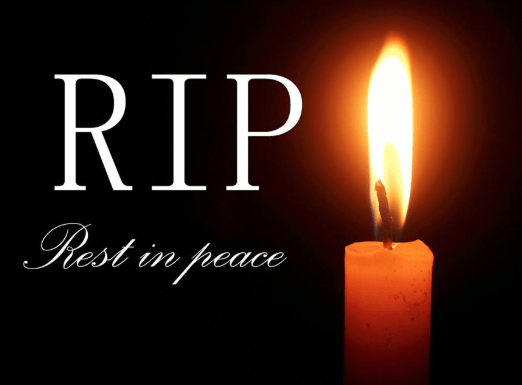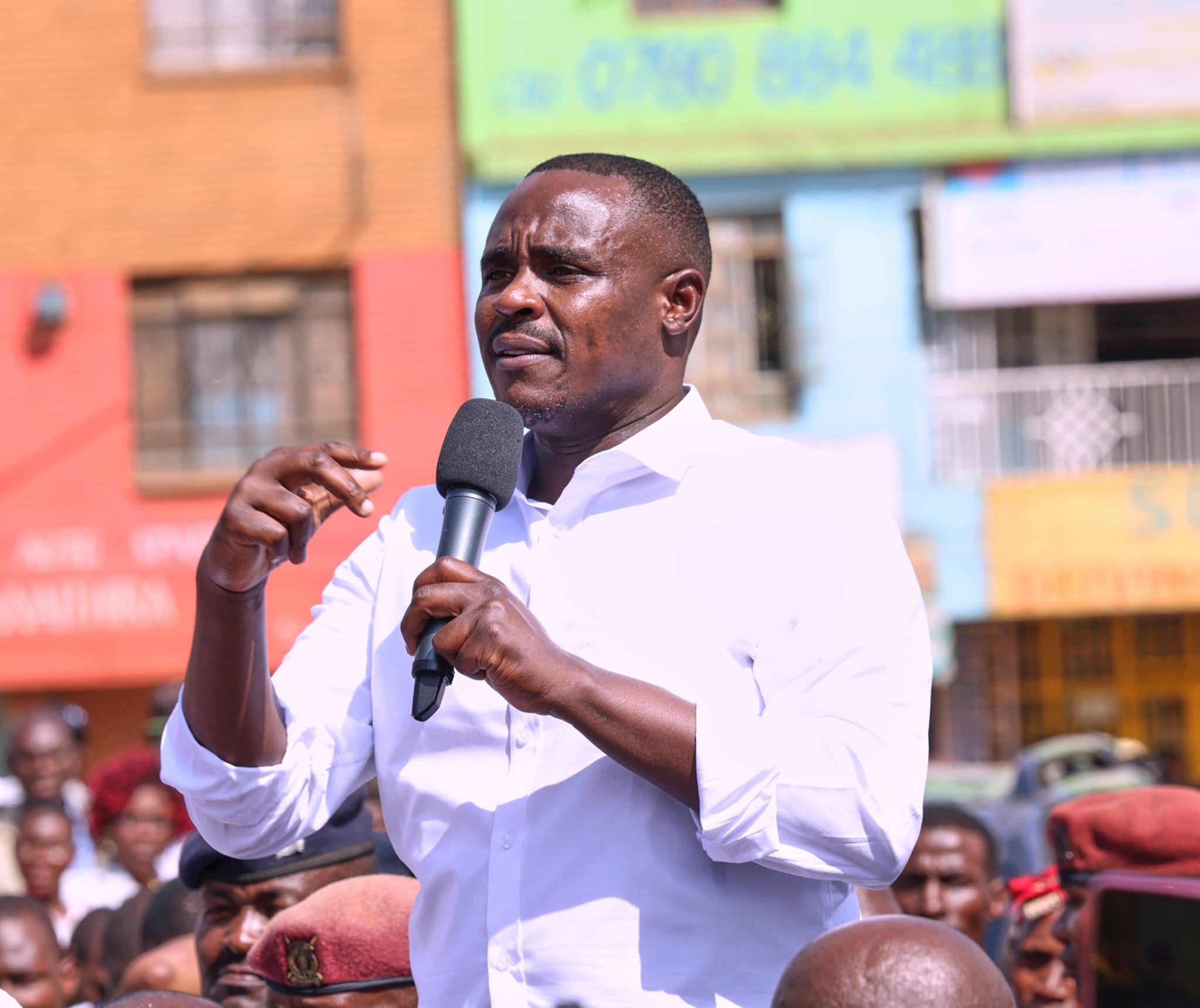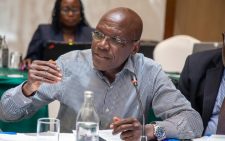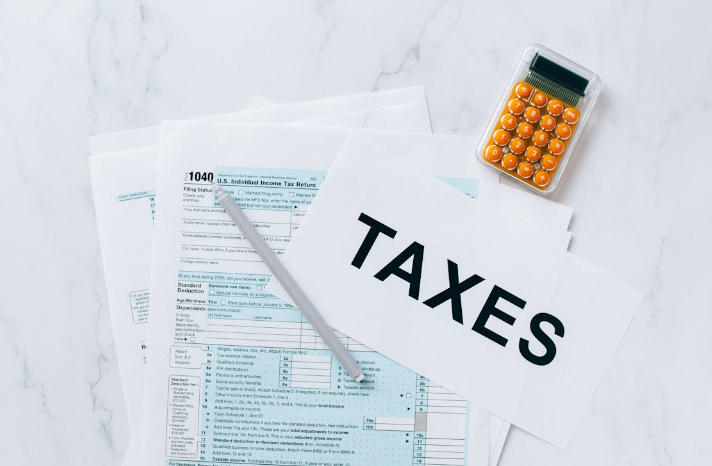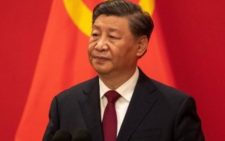Make better use of big data to eradicate poverty
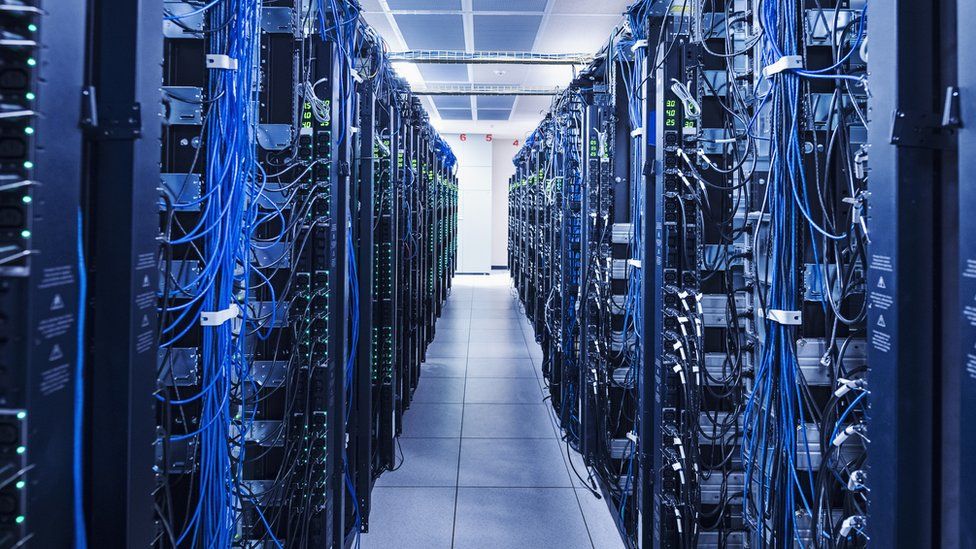
Despite the relative luxury enjoyed internationally over the last few decades, poverty remains a serious concern. The World Bank estimates that 16.1 per cent of Kenya’s population (as of 2023/24) lives below the global poverty line, despite the country having the largest and most developed economy in Eastern and Central Africa. But this does not have to be the case always. The use of data has been hailed as a way to eradicate poverty.
According to Jeffrey Sachs, author of the book The End of Poverty, affluence grows if the transfer of technology and the concepts that underpin it are nurtured. Weather predictions, urban planning and sports management are just a few of the industries where big data has found success in real-world settings recently. Presently, big data technology is helping researchers address issues related to global poverty.
Data comes from all aspects of life. The amount of data created is growing tremendously globally. The data generated in the developing world is unique compared to the developed world. The developing world is fast transitioning to the mobile age.
According to the Communications Authority of Kenya report, mobile phone penetration reached 133 per cent by March. During this time, both feature (mlika mwizi) phones and smartphones saw tremendous growth in popularity. Cell phone metadata is a world of possibilities besides helping in intelligence. Can phone calls data alleviate poverty?
The developing world has the potential to exploit data generated by mobile devices to pinpoint needs, deliver services, and anticipate and avert catastrophes for the benefit of the poor. To take advantage of this data, we must look into the future to discover how big data can act as a catalyst for long-lasting benefits. For instance, Government and private organisations can collaborate to develop a tool to monitor phone call usage, text messages, and data consumption, which can identify a person’s lifestyle and credit risk profile.
Data from call detail records, time, place, receiver location, and call duration can be mined to forecast socioeconomic status. Mobile data can be used to create prediction models, while cell phone records can be utilised to track population fluctuations in slums and target efforts for the benefit of residents. The government can understand the dynamics of rural economies and learn how to react to economic shocks in rural and underdeveloped areas by combining time-series analysis of calls with random surveys.
Big data can impact poverty when paired with data collected by NGOs, data from people’s mobile devices, and public data from (local) governments. The University of Washington researchers calculated a region’s wealth using just mobile phone information provided by the local telephone company.
Mobile data is insufficient to open up prospects that can influence developing nations. As a result, new data sources are needed, such as public data, social data, and data from Non-Governmental Organisations (NGOs).
There are several NGOs engaged in the country, all of which undertake important work to combat poverty and reduce disease and hunger. What if all of those NGOs used a standardised app to gather data in the same uniform manner across counties? It has the potential to provide an excellent high-level summary of what is going on in our country. Big data provides numerous prospects for the developing world to combat poverty, but achieving long-term effects will require collaboration across many institutions. Furthermore, merging organisations should assure data transparency and accessibility.
Government should develop a legislative framework for sharing and using open data to protect privacy, ensure openness, simplicity, interoperability, and security. They should also encourage the creation of technological infrastructure and foster an environment for innovators and organisations to use data to create new tools and applications.
— The writer is an innovations evangelist & A PhD student

